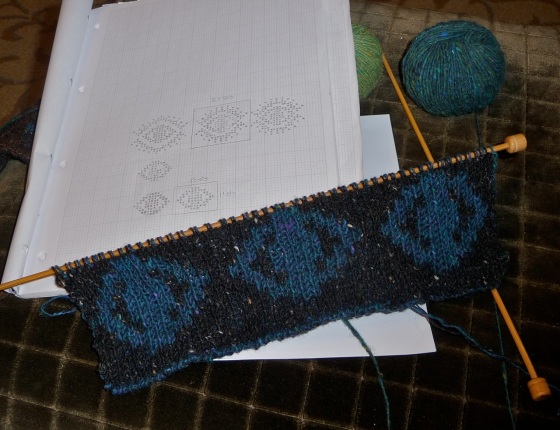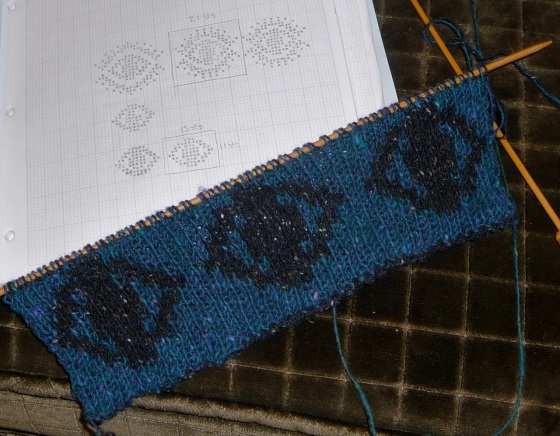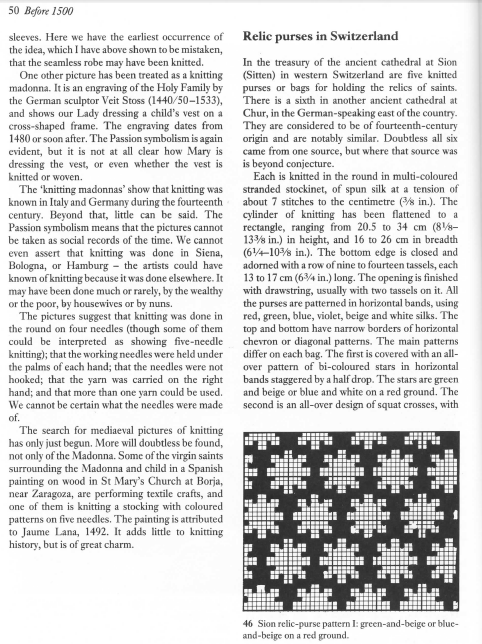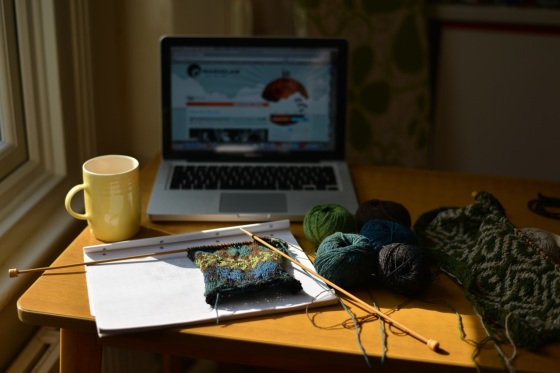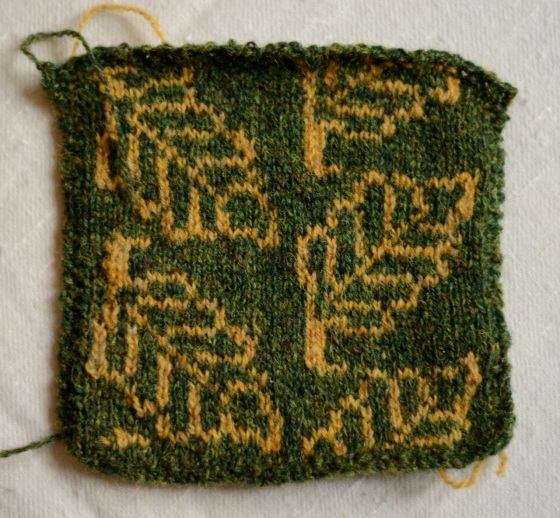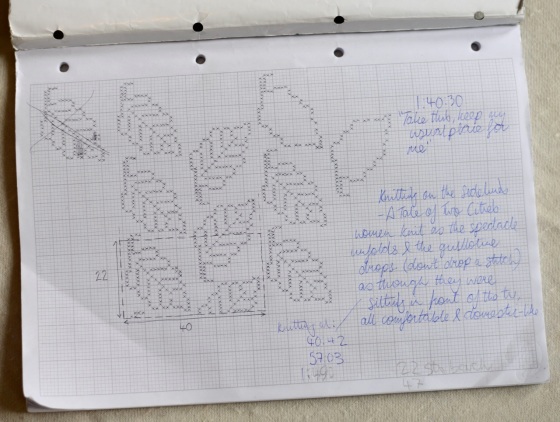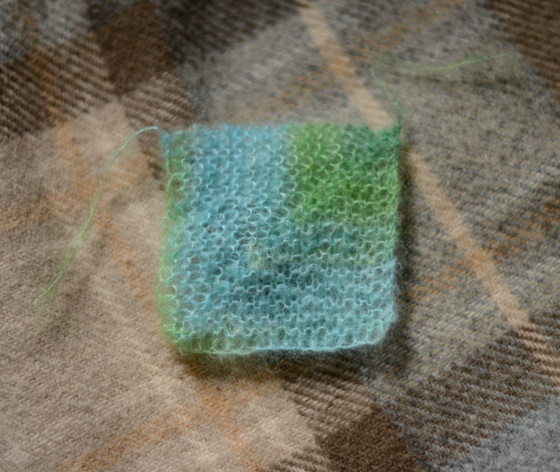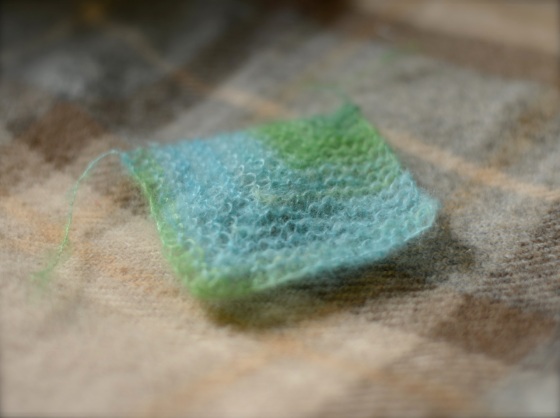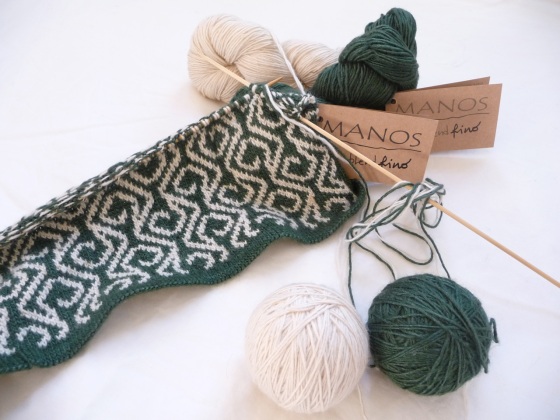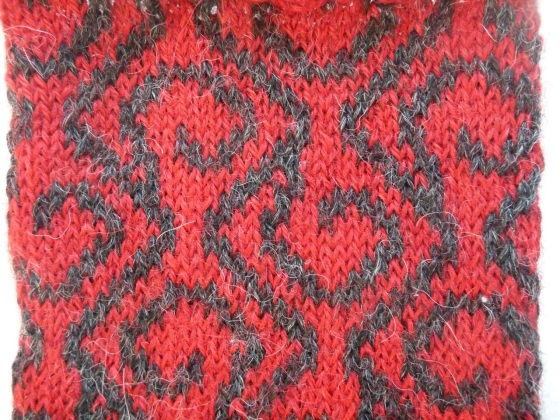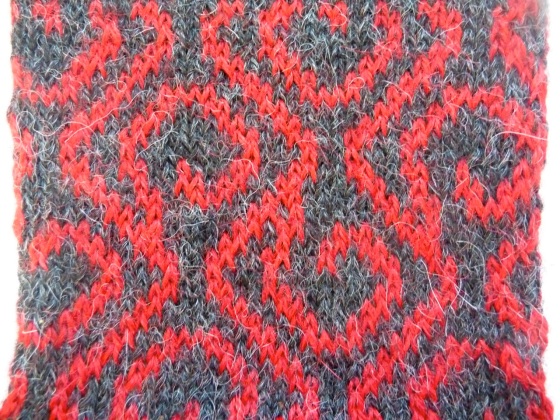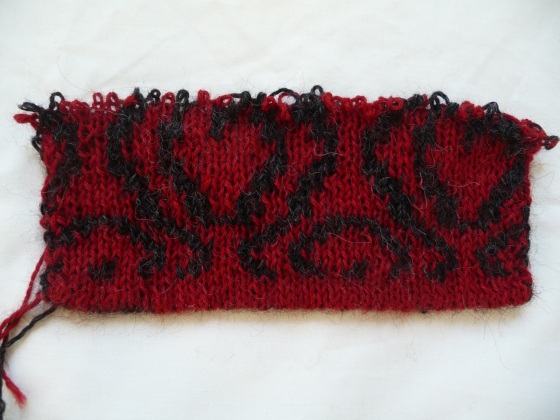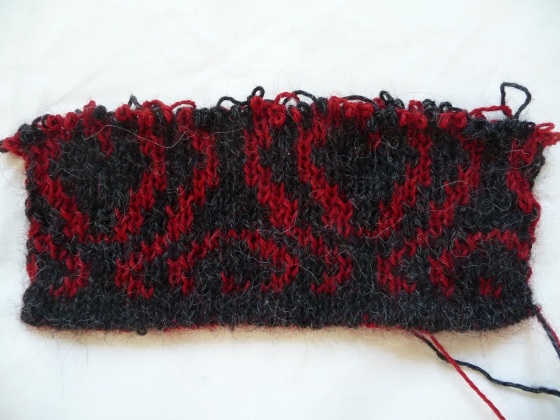In an effort not to come across as bragging, I’ve failed to even mention an amazing family holiday in Naples last month. Better late than never.
It was wonderful to spend a week exploring a beautiful but gritty city (but not in the way London is, with more history and noise and round-the-clock street life), enjoying an espresso and fogliatella pastry for breakfast and pizza for lunch and dinner, and taking the train further out to the sites of Pompeii and Herculaneum. It was an odd sensation to wonder around the streets of these two frozen Roman cities, stepping from ancient cobble to ancient cobble, passing food stalls with their terracotta pots set into marble counters and occasionally wandering through a doorway into a villa or public baths. It felt like the locals had all just gone on holiday somewhere.
Here’s a picture of a courtyard in one of the grand villas of Herculaneum, the pillars of which struck me as good for a striped knitting pattern. I still find graph paper and felt pens the easiest and most satisfying way of designing patterns.

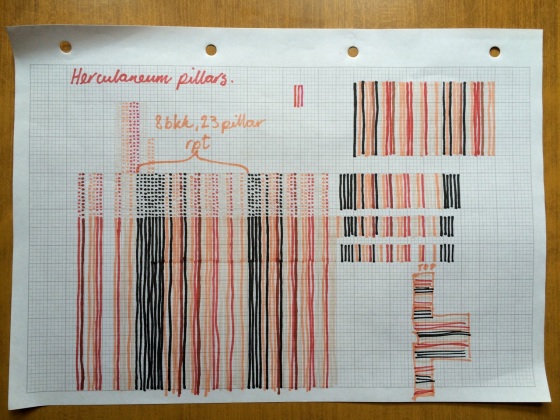
 On the train back from Pompeii, Sayed and I listened to PJ Harvey’s ‘This is Love’ on headphones, restraining ourselves from leaping around the carriage and nearly imploding in the process as we passed Vesuvius, which I was convinced was about to erupt. If any song could make a volcano erupt, it would be this one.
On the train back from Pompeii, Sayed and I listened to PJ Harvey’s ‘This is Love’ on headphones, restraining ourselves from leaping around the carriage and nearly imploding in the process as we passed Vesuvius, which I was convinced was about to erupt. If any song could make a volcano erupt, it would be this one.
